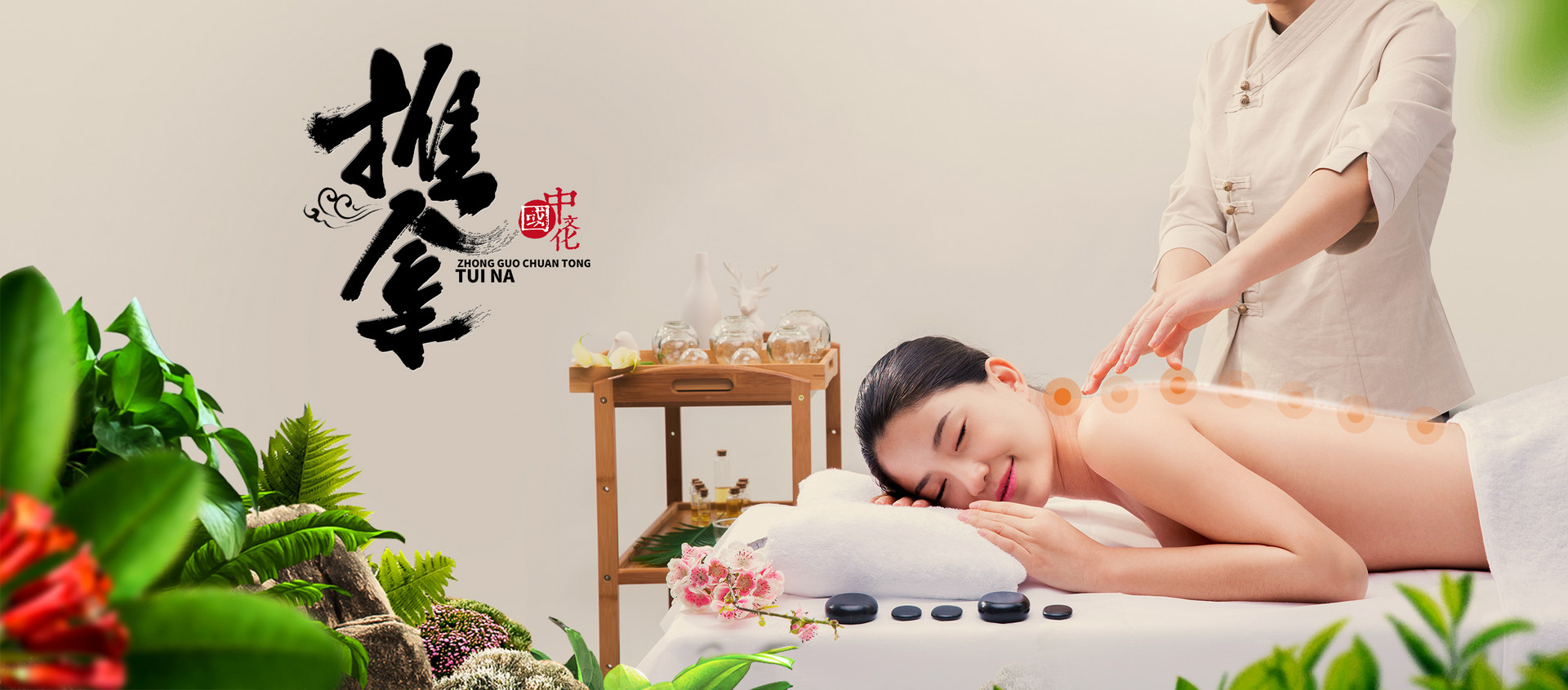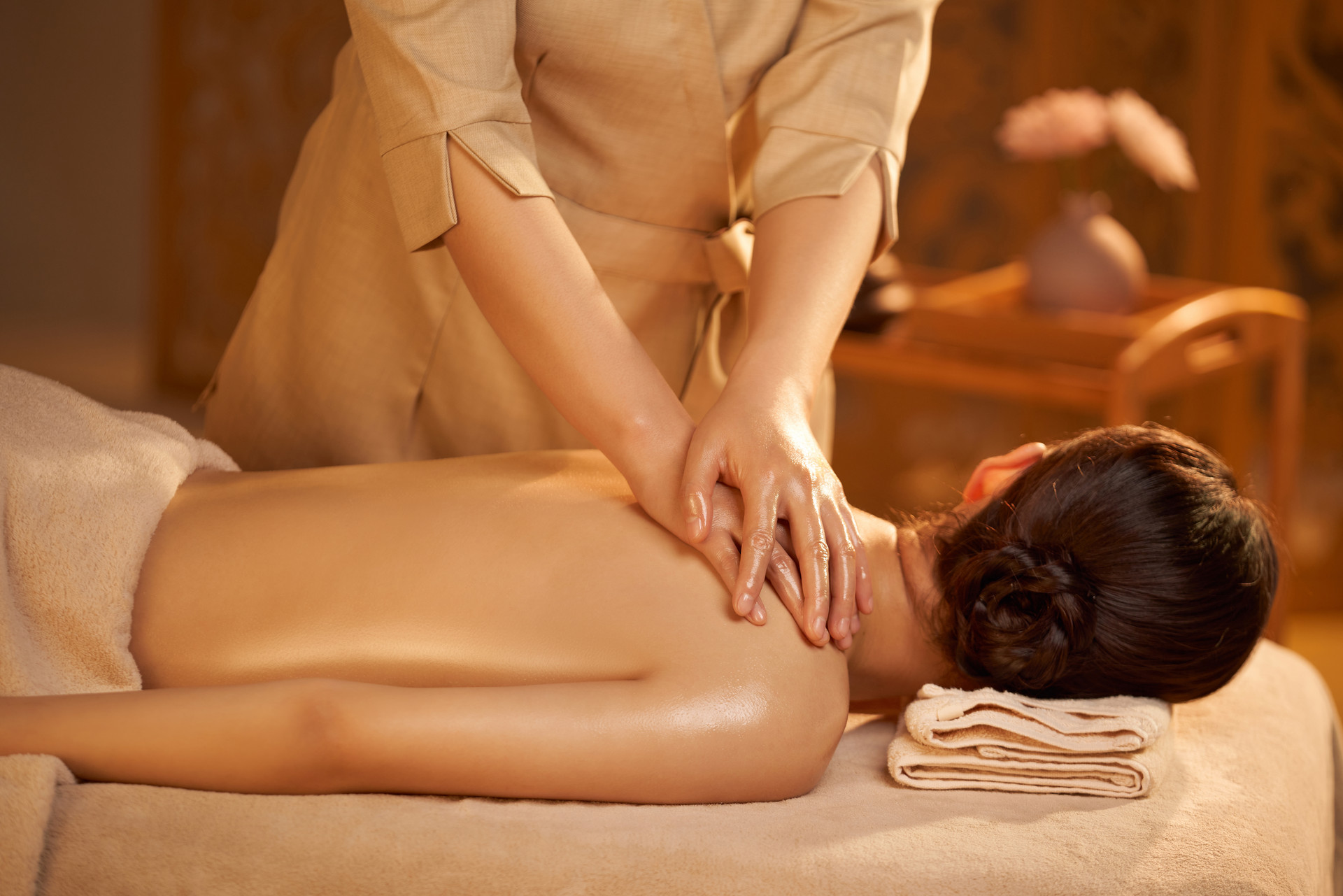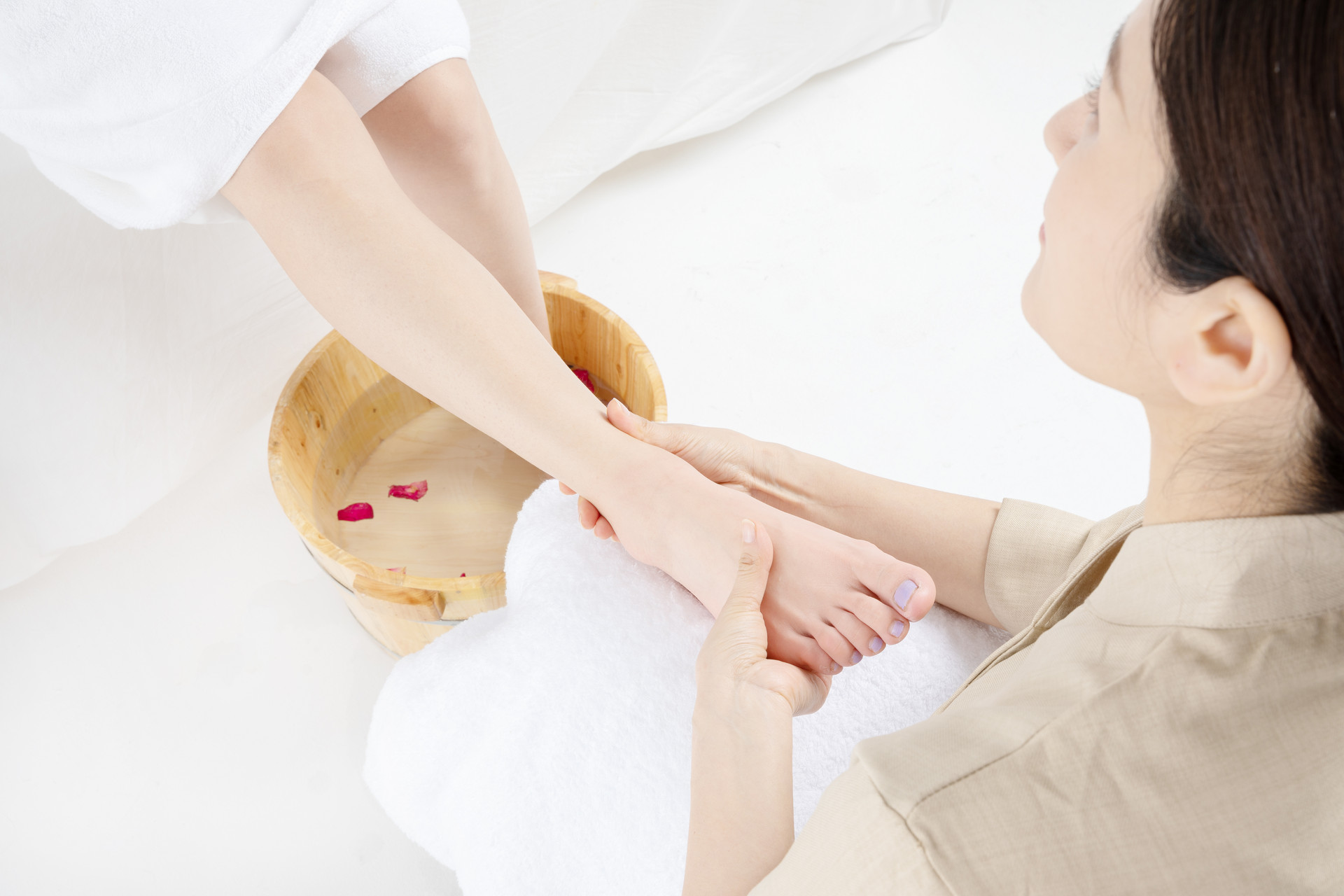Winter is here and the weather has become dry, making our bodies more prone to getting "hot" (a traditional Chinese medicine term referring to an imbalance in the body). It's important for us to take measures to keep warm and prevent "heat" in our bodies. So, do you know what Chinese medicine techniques can be used for health preservation and massage? How much do you know about the common knowledge of health preservation and massage? And what are the safety hazards that we should be aware of in our daily life? Today, let me take you into the world of traditional Chinese medicine and learn about the profound knowledge of Chinese medicine.
Please choose massage therapy carefully for treating diseases
Massage is one of the ancient methods of health preservation that has been passed down to the present day. With the development of society, massage places can be found everywhere nowadays. However, when it comes to health preservation, it is important to choose the appropriate method based on our own physical health and not blindly follow the crowd. Traditional Chinese medicine reminds us to choose massage therapy for treating diseases carefully.
Experts suggest that the practice of Chinese medicine techniques such as massage, scraping, cupping, etc., which aim to treat diseases based on the theory and diagnostic standards of traditional Chinese medicine, should be considered as medical activities and must be carried out within medical institutions. Non-medical institutions are not allowed to provide such services. Medical institutions that provide massage, scraping, cupping, and other activities should be carried out by healthcare professionals practicing within the institution, and non-healthcare professionals should not be employed to provide such services.
Non-medical institutions engaged in massage, scraping, cupping, and other activities are not allowed to use terms such as "Chinese medicine," "medical," "treatment," or disease names in their institution names, business project names, and project introductions. They are also not allowed to promote therapeutic effects.
Most of the employees in non-medical institutions have not received professional training. When providing illegal treatments, such as neck or back massages, if the techniques are incorrect or too forceful, it can easily cause physical injuries to consumers. Diagnosis and treatment of diseases should be done in qualified medical institutions by professional physicians. Do not blindly trust advertisements.
Massage therapy is a simple method of health preservation that does not require medication or many tools. It can be performed using our own hands and can achieve the purpose of treating diseases and promoting health. Specific techniques include kneading, pressing, tapping, and rubbing, and individuals can choose the appropriate technique based on their own circumstances.
Kneading Technique
This technique requires using the palm to press the skin and muscles of the treatment area, and then move the palm in a left-right, up-down, or circular motion. This technique combines both pressing and rubbing. The continuous stimulation of kneading can cause a feeling of local tissues being sore or numb. This beneficial stimulation can not only directly promote blood circulation but also transmit stimulation signals to the central nervous system, which then sends out regulatory signals to achieve physiological regulation, thereby enhancing the body's ability to resist diseases. The main effects of kneading technique are relaxation of the body and mind, relief of fatigue, and regulation of organ functions. Some functional disorders, such as insomnia, neck discomfort, chronic diarrhea, and bloating, are suitable for treatment with kneading technique. For insomnia, kneading the sides of the spine on the back is recommended, for neck discomfort, kneading the back of the neck is recommended, and for chronic diarrhea and bloating, kneading around the navel is recommended. Each session should last for 10 minutes, once a day.
Pressing and Releasing Technique
This technique involves pressing down with the hand and releasing it upwards. Pressing down and releasing it counts as one repetition, and generally, 100 repetitions are done in one session. The process should maintain a uniform speed, pressing deeply into the acupoints, and releasing it at the skin surface. The technique should cause local soreness and heat, and a comfortable self-perception. The pressing and releasing technique has the effect of promoting blood circulation and relieving pain, and is suitable for treating diseases with pain as the main symptom. For example, to treat headaches, pressing and releasing can be performed on the sides of the neck and the painful area. For the treatment of abdominal pain due to food stagnation, pressing and releasing can be performed on both sides of the navel.
Tapping Technique
This technique is performed using the fingertips. Lift the fingertips about 2-3 centimeters away from the skin and then aim the fingertips at the center of the acupoint and tap downwards. When tapping, the movement should be elastic and rhythmic. One tap and one lift count as one repetition, and the standard is to do 100 repetitions. The intensity of tapping should be determined according to the condition. Faster tapping can cause dilation of the local capillaries, making the area around the acupoints feel slightly red and warm, similar to the effects of moxibustion and hot compress. Tapping technique is suitable for treating diseases caused by feeling cold, joint pain, etc., and it can also have a strengthening effect. Tapping technique has the functions of stopping diarrhea, dispelling wind, and relieving itching, and is suitable for treating diseases such as aseptic diarrhea, constipation, cold with wind, and itchy skin. For example, when treating childhood diarrhea, tapping around the navel is recommended. For constipation, tapping can be performed on the entire abdomen, with a focus on tapping along the midline of the abdomen downwards from the navel.











